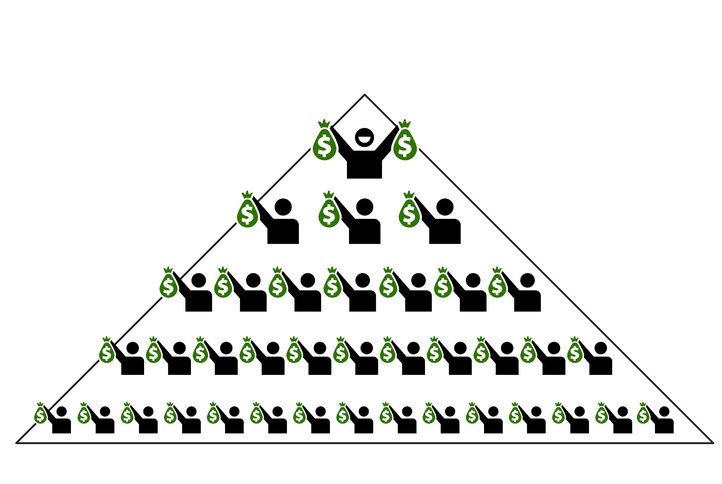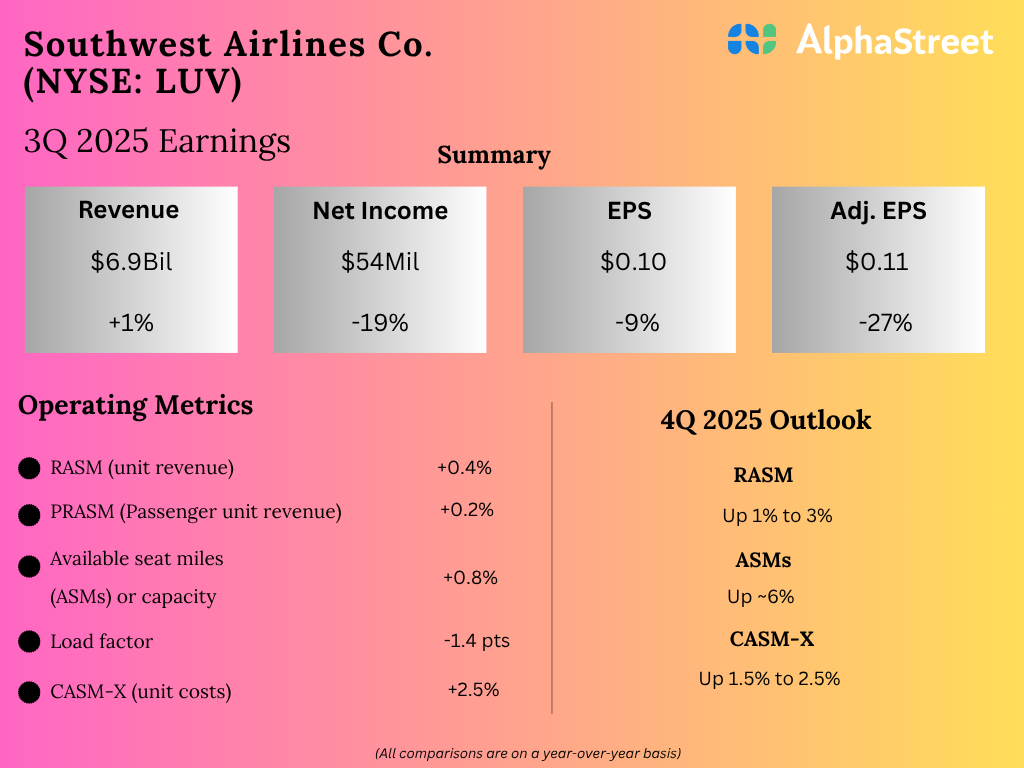If you’ve ever looked into ways to build retirement income, chances are you’ve stumbled across annuities. But then you probably hit a wall of confusing jargon — annuities, qualified plans, tax-deferred growth, RMDs, and a dozen other terms that make retirement planning sound complicated. So, let’s break it down.
This guide will walk you through:
What are annuities (in plain English)
The different types of annuities
How are annuities taxed, depending on where the money comes from
And the most common tax traps people run into (and how to avoid them)
What is an annuity?
At its core, an annuity is a contract between you and an insurance company. You give them money (either in one big lump sum or over time), and in return, they promise to pay you income later — either for a set period or for the rest of your life.
Think of an annuity like a savings account that’s designed to pay you back in steady chunks during retirement. But unlike a typical savings account, annuities can offer tax-deferred growth and structured income payments, which can be a big help when you’re trying to stretch your retirement savings.
How do annuities work: the basics
There are two main phases to an annuity:
Accumulation phase: You fund the annuity either with a one-time lump sum or ongoing contributions. Your money grows tax-deferred.
Annuitization (payout) phase: You start receiving periodic payments from the annuity. These can last a set number of years or continue for life.
Different types of annuities
There are a lot of ways to slice and dice annuities, but here are the main categories that matter:
Immediate vs. deferred annuities
Immediate annuity: You start getting paid almost right away (usually within a year). These are ideal if you’re already retired and want to turn a large lump sum of money into monthly income.
Tax-deferred annuity: Payments start later — maybe years or even decades down the line once you reach a specified age. In the meantime, your money grows tax-deferred.
Fixed, variable, and indexed annuities
Fixed annuity: These pay a guaranteed minimum interest rate.
Variable annuity: This type of annuity lets you invest in funds similar to mutual funds. Returns (and future annuity payments) can go up or down depending on the market.
Indexed annuity: These are fixed annuities tied to a stock market index like the S&P 500.
Qualified vs. non-qualified annuities
Here’s where it starts to matter for your taxes: annuities come in two basic categories — qualified and non-qualified. The IRS treats each one differently, meaning they have different tax implications. Essentially, it all depends on what kind of money you use to buy the annuity in the first place.
What is a qualified annuity? (tax-sheltered retirement account)
A qualified annuity is funded with pre-tax money — usually through a retirement plan like a traditional IRA or a 401(k) or 403(b). Since this money hasn’t been taxed yet, every dollar you take out later will be considered ordinary income and taxed as such.
What is a non-qualified annuity? (after-tax contributions)
On the other hand, a non-qualified annuity is funded with after-tax dollars — meaning the money has already been taxed before it goes into the annuity. So, when you withdraw, only the earnings (the growth) are taxed. The original money you contributed (the principal) isn’t taxed again.
Are annuity payments taxable?
How annuities are taxed depends on the type of annuity and how you pay for it. Let’s break it down by situation.
Qualified annuity taxation
Since these are funded with pre-tax money, everything that comes out is taxed as ordinary income, just like IRA or 401(k) distributions.
You don’t pay taxes while the money grows (thanks to tax deferral).
But you will pay income tax on the full amount when you start receiving annuity payments.
Required minimum distributions
If your annuity is inside a qualified plan like a traditional IRA or 403(b), this means required minimum distributions (RMDs) apply once you hit age 73 (or 70 ½ for those born before July 1, 1949). If you don’t take the required amount from your annuity, the IRS could hit you with a hefty 25% tax penalty.
Confused about RMDs? Check out the IRS required minimum distribution FAQ page.
Example
You put $100,000 into a tax-sheltered annuity through your employer’s 403(b) plan. That’s pre-tax money, so when you retire and start getting annuity payments, every penny you receive is subject to income tax.
Non-qualified annuity taxation
Non-qualified annuities are a little more nuanced.
Your after-tax contributions come back to you tax-free.
Only the earnings are taxed as ordinary income.
You don’t owe capital gains tax on your earnings because annuities are taxed differently than stocks or mutual funds.
Example
You buy an annuity with $50,000 from your savings. Years later, it’s worth $80,000. When you start getting distributions, only the $30,000 in earnings gets taxed. The $50,000 in after-tax money comes back to you tax-free.
How are annuities taxed: the exclusion ratio
The IRS uses something called the exclusion ratio to figure out how much of each non-qualified annuity payment is taxable. Basically, it’s a formula that spreads your after-tax dollars evenly across your expected life expectancy.
Exclusion ratio formula: Original after-tax investment ÷ Total expected payments
Remember: non-qualified annuities are funded with after-tax dollars, so you won’t be taxed again on the money you already paid taxes on.
But the earnings — meaning the amount your investment grew — are taxable.
The exclusion ratio spreads your after-tax contributions evenly over your expected life expectancy, so each payment is partially tax-free and partially taxable until you’ve recovered your original investment.
Exclusion ratio example
Let’s say you buy a non-qualified annuity with a lump sum payment of $120,000 using after-tax money from your savings account.
The insurance company tells you it will pay you $800 per month for the rest of your life, starting at age 65.
Based on your age, the insurance company assumes your life expectancy is 25 years (or 300 months).
Step 1: Determine the total expected return.
$800 per month × 300 months = $240,000 total expected annuity payments over your lifetime.
Step 2: Calculate the exclusion ratio.
Original after-tax investment ÷ Total expected payments $120,000 ÷ $240,000 = 0.50 or 50%
This means 50% of each monthly payment is tax-free and considered a return of your own money. The other 50% is taxable.
Step 3: Break down each monthly payment.
Tax-free portion: $800 × 50% = $400
Taxable portion: $800 × 50% = $400 (taxed as ordinary income)
So, each year, you’d receive:
$4,800 in tax-free income
$4,800 in taxable income
What happens if you live longer than expected?
Once you’ve recovered your entire after-tax contribution (the full $120,000), all future annuity payments become fully taxable. In the example we used above, all annuity payments received after the 300-month mark would be fully taxable. That’s because you’ve already received all your after-tax money back, so now every dollar is coming from earnings.
What if you pass away early?
If you die before recovering your full after-tax investment, the remaining unrecovered amount may pass to your beneficiaries, depending on the terms of your annuity contract. But you won’t be taxed twice on money that was already taxed once.
For example, period certain annuities guarantee payments for a set number of years (no matter your life span) and the remaining payments go to your beneficiaries. Similarly, a cash refund annuity ensures that if you (the annuitant) die before getting the full value out of your investment, the remaining amount gets refunded to your beneficiaries.
Early withdrawals and tax penalties
If you take money out of your annuity before age 59½, the IRS might hit you with a 10% additional tax on top of your regular tax rate — unless you qualify for an exception. Exceptions may be given for certain situations like a hardship withdrawal.
You may also face surrender charges from the life insurance company if you cash out too soon. These fees usually decline over time, but they can eat into your retirement savings if you’re not careful.
Tax forms to expect with annuities
If you’re receiving annuity payments, you can expect to get a Form 1099-R from the insurance company or plan administrator. This IRS form reports distributions from pensions, annuities, retirement or profit-sharing plans, IRAs, and insurance contracts.
Other forms you might see include:
Form W-4P: When you first set up your annuity payout, you’ll often fill out a W-4P to choose how much federal income tax should be withheld from each payment.
Form 5498: If your annuity is held in an IRA (especially a traditional IRA), this form shows annual contributions and rollovers — but it’s usually for informational purposes and doesn’t need to be filed with your return.
State 1099 equivalents: Some states have their own versions of 1099 forms if you live in a state that taxes retirement income.
Smart tax strategies for annuities
Annuities can be powerful retirement tools, but without a little planning, you might end up handing more to the IRS than necessary. The good news? There are several ways to manage the tax implications and make the most of your retirement income.
Here are some strategies to consider:
1. Time your withdrawals strategically.
If you’re not required to take money out yet (as with a deferred annuity), holding off could mean lower taxes down the line — especially if you’ll be in a lower tax bracket after retiring.
Retiring early? You might have a window where your income is low, but you’re not collecting Social Security or required to take RMDs yet. This could be a great time to take distributions at a lower tax rate.
Taking lump sums can push you into a higher bracket, so consider spreading withdrawals over multiple years with periodic payments instead.
2. Use non-qualified annuities to supplement tax-free or low-tax income.
Non-qualified annuities (funded with after-tax money) give you a built-in tax deferral and only tax you on the earnings portion. This makes them a smart way to layer in income between other tax-free sources like a Roth IRA.
By mixing income types, you can have more control over your taxable income in retirement.
3. Watch out for RMDs.
If your annuity is inside a qualified plan like a traditional IRA or 403(b), you’ll be required to take required minimum distributions starting at age 73 or 70 ½ (depending on your birth year). Once you reach the RMD age, you have until April 1 of the following year to take your first RMD.
Miss an RMD? The IRS can hit you with a 25% tax penalty (it used to be 50%!).
If you correct a missed RMD within two years and file Form 5329, you can reduce the penalty to 10%.
Consider starting annuity payments that satisfy your RMD amount to avoid surprises.
4. Coordinate with Social Security income.
Because annuity payments count as ordinary income, they could cause more of your Social Security benefits to be taxed — up to 85% of those benefits, depending on your income level.
A little coordination here can go a long way. A tax professional or financial advisor can help you plan out the best order and timing to draw from your annuities, retirement accounts, and Social Security.
5. Avoid early withdrawal penalties
Taking money out of an annuity before age 59½ can trigger a 10% early withdrawal additional tax unless you qualify for an exception (like disability or certain medical expenses).
Also, watch for surrender charges, especially in the early years of an annuity contract. These can significantly reduce the amount you actually take home.
Annuity tax FAQs
What is a tax-sheltered annuity?
Employers like schools, hospitals, or nonprofits typically offer a tax-sheltered annuity. It’s funded with pre-tax money through a qualified plan — like a 403(b). Earnings grow tax-deferred, so you don’t pay taxes until you start taking distributions, at which point the payments are taxed at ordinary income tax rates.
What is a tax-deferred annuity?
A tax-deferred annuity lets your investment grow without being taxed until you start making withdrawals. This can apply to both qualified and non-qualified annuities. However, in non-qualified annuities, only the earnings are taxable when withdrawn.
How are annuities taxed when you die?
If you pass away with money left in your annuity, your beneficiaries may inherit the annuity contract. They’ll typically owe income tax on the taxable portion — but not necessarily an early withdrawal penalty. In some cases, they can stretch payments over time to reduce their tax liability.
Do annuities count as income for Social Security taxes?
Yes. When calculating how much of your Social Security is taxable, the IRS includes annuity income as part of your taxable income. So, your annuity payments could cause more of your Social Security to be taxed.
Should I choose a Roth IRA or annuity for retirement?
A Roth IRA grows tax-free, and qualified withdrawals are also tax-free, which can be more flexible than many annuities. However, annuities offer guaranteed payouts for life, which some people value more than tax efficiency. There is no “right” choice — it all depends on your overall retirement plan and financial goals.
Is annuity income taxed as capital gains?
No, annuity withdrawals are taxed as ordinary income, not at capital gains rates.
How do I know how much of my annuity payment is taxable?
For non-qualified annuities, the IRS exclusion ratio we discussed above helps determine the portion of each payment that is taxable. For qualified annuities, the entire payment is generally taxable.
Can I roll over an annuity without paying taxes?
Yes, if you’re rolling over a qualified annuity into another qualified plan or IRA, you may be able to avoid immediate taxes by doing a direct rollover. See IRS Publication 575 for more details!
Can I deduct annuity contributions from my taxes?
Yes, but only qualified annuity contributions are tax-deductible, as they are made with pre-tax money. If you use after-tax dollars, you don’t get a deduction — but you also won’t be taxed again on your contributions when you start taking money out.
Do I owe state taxes on my annuity payments?
Each state treats annuity income differently, so be sure to check with your state tax agency or a tax professional for guidance. Some states may tax the full amount, while others offer retirement income exemptions or may allow you to exclude a portion of your annuity payments.
The bottom line
Annuity tax rules are tricky but having one doesn’t have to be confusing. Whether you’re eyeing a tax-sheltered annuity, planning tax-deferred growth, or figuring out the right type of annuity for your needs, understanding the tax treatment upfront can save you a ton of surprises down the road.
If you’re still unsure where to start, consider teaming up with a tax professional or financial planning expert to map out the best strategy for your retirement income.
This article is for informational purposes only and not legal or financial advice.
All TaxAct offers, products and services are subject to applicable terms and conditions.





























